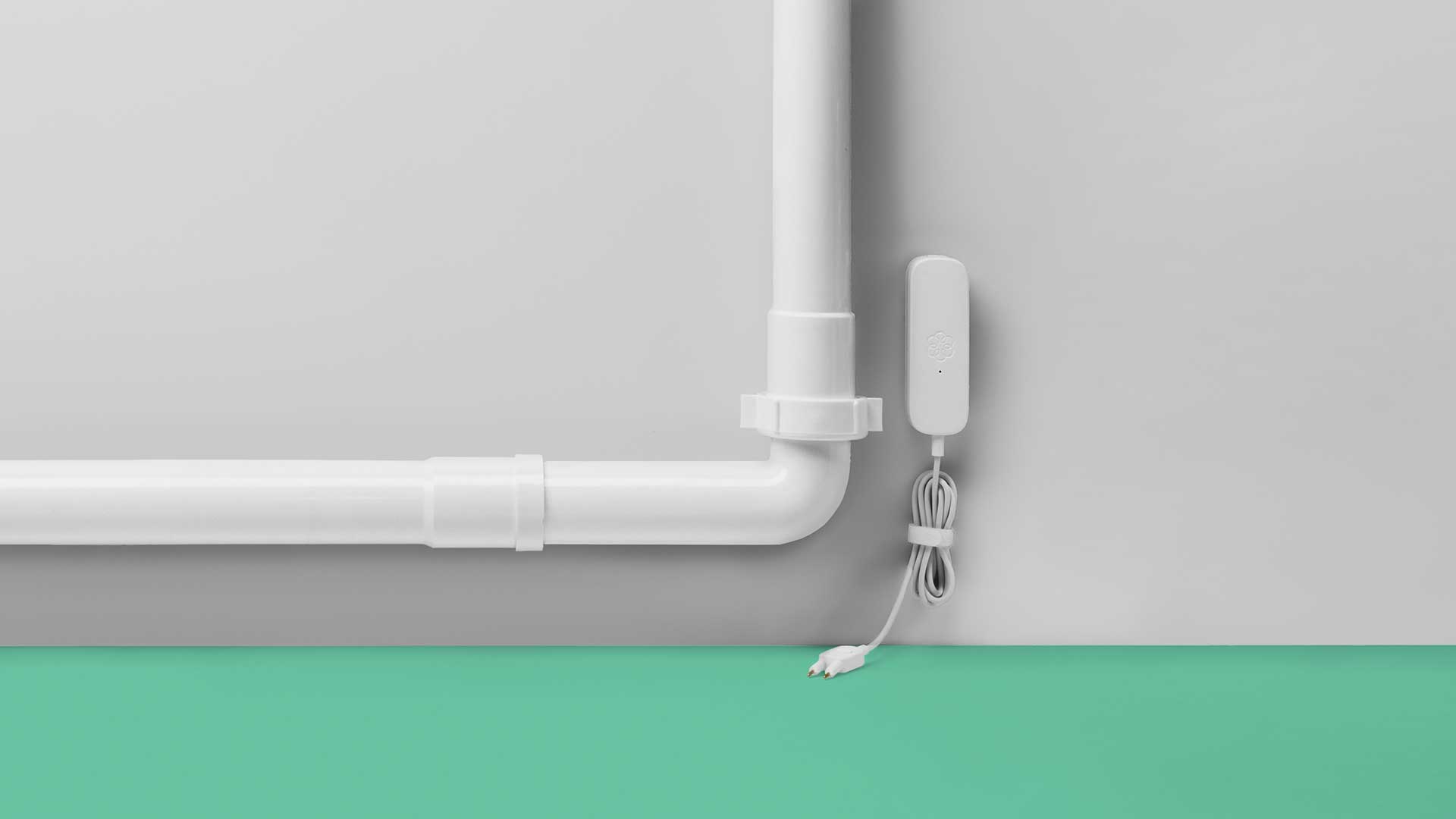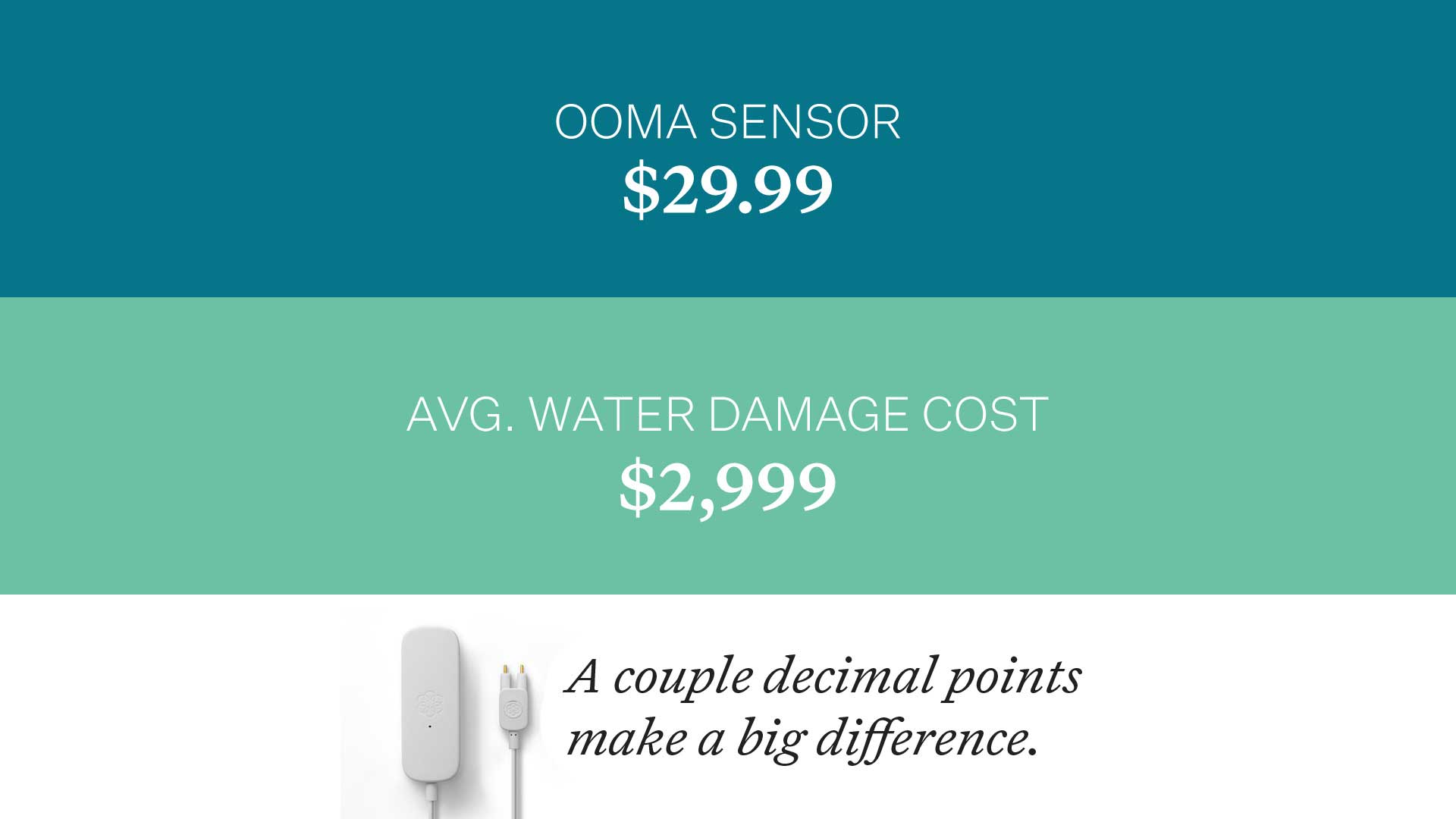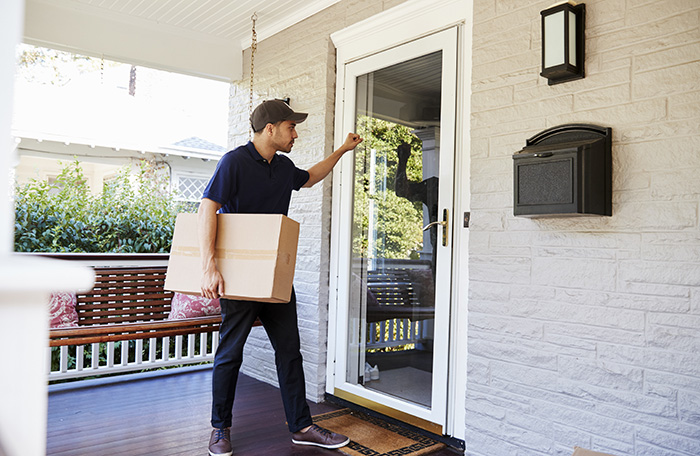What’s the cost of water damage in the home?

The impact of water damage can be surprising. For example, a small pipe leak can accumulate over time into damage to your drywall and subfloor, and may even require mold remediation. Or, leaks from a failing dishwasher could mean you’ll have to repair both kitchen cabinets and flooring, in addition to replacing the appliance.How much should you expect to spend if you have water damage in your home? Let’s review average repair costs and how much it costs to take preventative measures. An additional consideration is the cost of mold remediation. Mold will start growing within one to two days after moisture is present, and mold removal can cost an average from $2,225 up to $6,000 for large jobs. The presence of mold can have serious health consequences, and extensive mold removal can get quite expensive if standing water isn’t removed quickly.Depending upon the extent of the damage in your home, you may want to contact your insurance company. This can be a way to avoid paying for the total cost out of pocket. This process will likely begin by taking photos of the affected area.Keep in mind that your homeowner’s insurance may not cover damage from flooding if you don’t have a separate flood insurance policy. FEMA estimates that in a flood, just 1 inch of water will cost $23,635 in repairs plus an additional $3,172 in personal property loss. When flooding reaches a depth of one foot, costs are significantly higher, averaging $39,845 damage to the home and $32,317 in personal property loss.
An additional consideration is the cost of mold remediation. Mold will start growing within one to two days after moisture is present, and mold removal can cost an average from $2,225 up to $6,000 for large jobs. The presence of mold can have serious health consequences, and extensive mold removal can get quite expensive if standing water isn’t removed quickly.Depending upon the extent of the damage in your home, you may want to contact your insurance company. This can be a way to avoid paying for the total cost out of pocket. This process will likely begin by taking photos of the affected area.Keep in mind that your homeowner’s insurance may not cover damage from flooding if you don’t have a separate flood insurance policy. FEMA estimates that in a flood, just 1 inch of water will cost $23,635 in repairs plus an additional $3,172 in personal property loss. When flooding reaches a depth of one foot, costs are significantly higher, averaging $39,845 damage to the home and $32,317 in personal property loss.
What are the average costs of water damage?
On average, it costs between $1,143 and $4,422 to repair and clean up water damage.For any individual incident, an estimate can be obtained by factoring in the square footage that’s affected, the severity of the event, and the degree of household damage. For example, a small leak that’s resolved quickly will cost much less than a burst pipe that saturates walls, insulation, and subflooring.Additionally, the type of water can significantly affect clean-up costs. Water damage from a leaky faucet, broken pipe, or water heater is classified as clean water, costing about $3.75 per square foot for repairs. Costs will increase for repairing damage from grey water, which contains detergents or contaminants. For example, water damage from dishwashers and washing machines costs about $4.50 per square foot to repair. The most expensive cleanup comes from black water, which contains contaminants that can cause serious health risks. For example, repairing water damage that resulted from sewage backups, flooding, contaminated groundwater, or storm surges would cost about $7 per square foot. An additional consideration is the cost of mold remediation. Mold will start growing within one to two days after moisture is present, and mold removal can cost an average from $2,225 up to $6,000 for large jobs. The presence of mold can have serious health consequences, and extensive mold removal can get quite expensive if standing water isn’t removed quickly.Depending upon the extent of the damage in your home, you may want to contact your insurance company. This can be a way to avoid paying for the total cost out of pocket. This process will likely begin by taking photos of the affected area.Keep in mind that your homeowner’s insurance may not cover damage from flooding if you don’t have a separate flood insurance policy. FEMA estimates that in a flood, just 1 inch of water will cost $23,635 in repairs plus an additional $3,172 in personal property loss. When flooding reaches a depth of one foot, costs are significantly higher, averaging $39,845 damage to the home and $32,317 in personal property loss.
An additional consideration is the cost of mold remediation. Mold will start growing within one to two days after moisture is present, and mold removal can cost an average from $2,225 up to $6,000 for large jobs. The presence of mold can have serious health consequences, and extensive mold removal can get quite expensive if standing water isn’t removed quickly.Depending upon the extent of the damage in your home, you may want to contact your insurance company. This can be a way to avoid paying for the total cost out of pocket. This process will likely begin by taking photos of the affected area.Keep in mind that your homeowner’s insurance may not cover damage from flooding if you don’t have a separate flood insurance policy. FEMA estimates that in a flood, just 1 inch of water will cost $23,635 in repairs plus an additional $3,172 in personal property loss. When flooding reaches a depth of one foot, costs are significantly higher, averaging $39,845 damage to the home and $32,317 in personal property loss.


